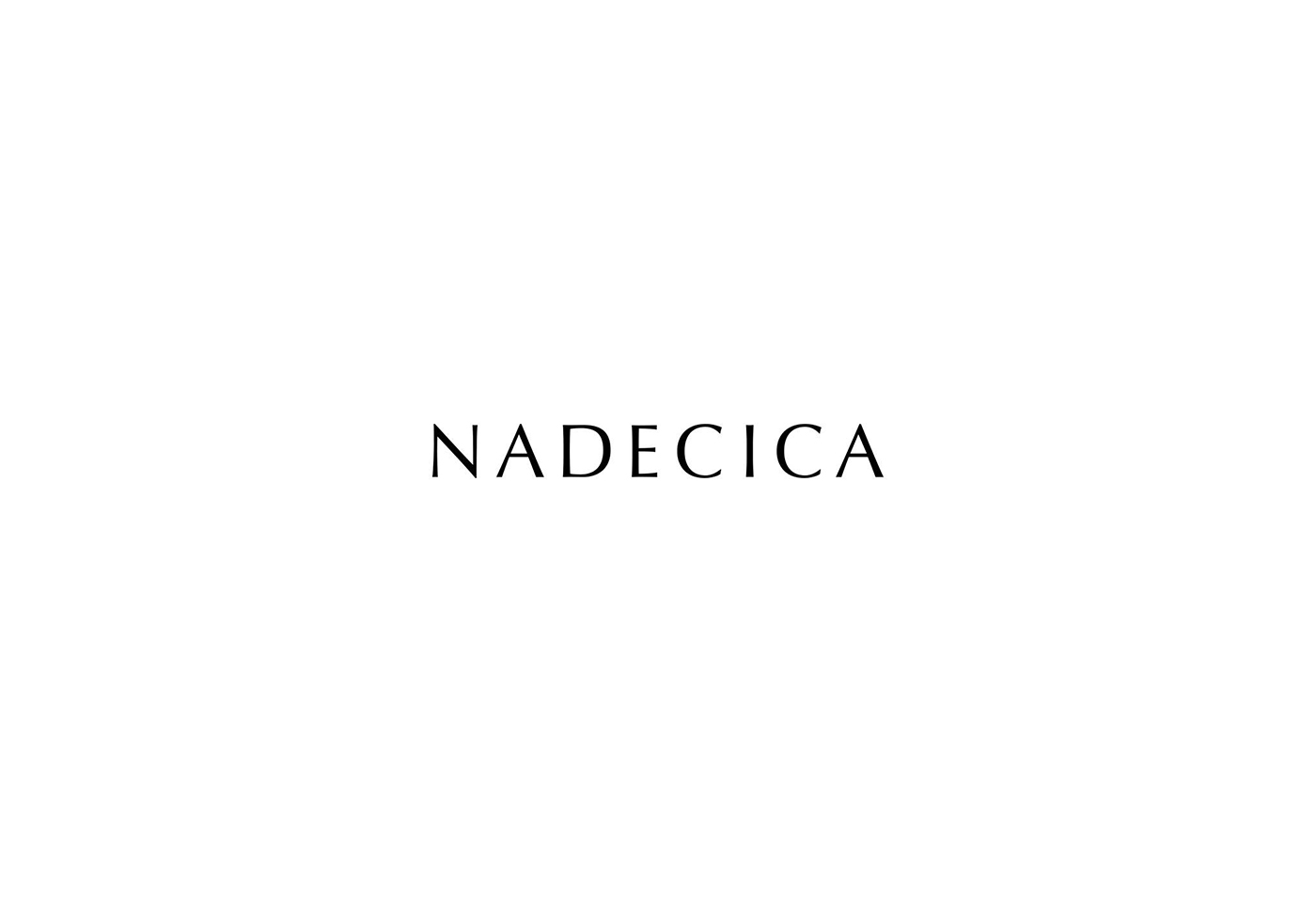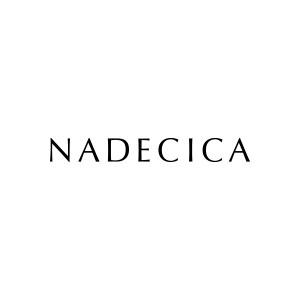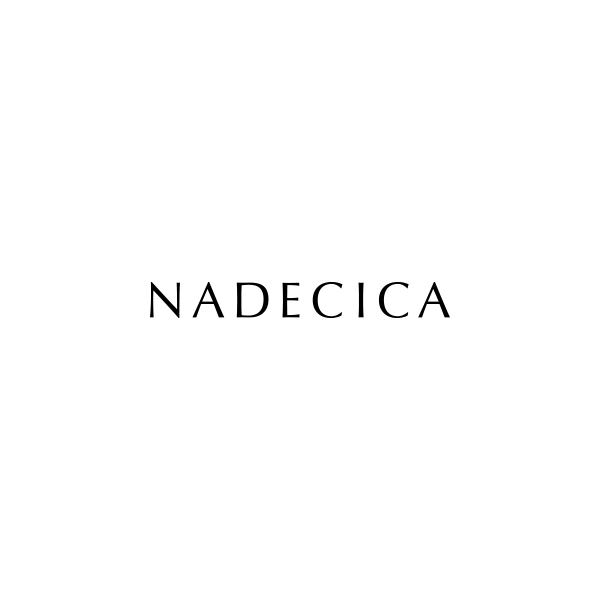目次
Depreciation is an accounting entry that represents the reduction of an asset’s cost over its useful life. To illustrate an Accumulated Depreciation account, assume that a retailer purchased a delivery truck for $70,000 and it was recorded with a debit of $70,000 in the asset account Truck. Each year when the truck is depreciated by $10,000, the accounting entry will credit Accumulated Depreciation – Truck (instead of crediting the asset account Truck).
However, before putting an asset into operation, the business must decide whether or not the item, after its useful life, will be likely sold and what the salvage value might be. It’s a good idea to consult with your accountant before you decide which fees to lump in with the cost of your property. For example, let’s say the assessed real estate tax value for your property is $100,000. The assessed value of the house is $75,000, and the value of the land is $25,000.
- Similar to the declining-balance method, the sum-of-the-year’s method also accelerates the depreciation of an asset.
- On the other hand, depreciation entries always post to accumulated depreciation, a contra account that reduces the carrying value of capital assets.
- The depreciated cost can also be calculated by deducting the sum of depreciation expenses from the acquisition cost.
- Depreciation accounts for decreases in the value of a company’s assets over time.
The straight-line depreciation is calculated by dividing the difference between assets pagal sale cost and its expected salvage value by the number of years for its expected useful life. For example, a small company might set a $500 threshold, over which it will depreciate an asset. On the other hand, a larger company might set a $10,000 threshold, under which all purchases are expensed immediately. Whereas different depreciation methods might be used for accounting purposes and tax returns. According to the matching principle, you cannot record the truck’s cost in one year’s income statement. However, the cost will be spread over the number of years you will use the truck.
Amortization vs. Depreciation: What’s the Difference?
Understanding the concept of a depreciation schedule and the depreciated cost is important for both accounting and valuation purposes. With the straight line depreciation method, the value of an asset is reduced uniformly over each period until it reaches its salvage value. Straight line depreciation is the most commonly used and straightforward depreciation method for allocating the cost of a capital asset. It is calculated by simply dividing the cost of an asset, less its salvage value, by the useful life of the asset. These assets are often described as depreciable assets, fixed assets, plant assets, productive assets, tangible assets, capital assets, and constructed assets. Depreciation is applied to tangible fixed assets that lose value over time or can be used up.
- Accounting depreciation (also known as a book depreciation) is the cost of a tangible asset allocated by a company over the useful life of the asset.
- The system positions each business transaction to a column of the asset history sheet based on the transaction type.
- Depreciated cost is the remaining cost of an asset after reducing the asset’s original cost by the accumulated depreciation.
- The difference between assets and expenses is significant when it comes to accounting.
- The formulas for depreciation and amortization are different because of the use of salvage value.
For asset postings, the system automatically proposes a suitable transaction type. In the context of integrated asset acquisition, the gross amount of the incoming invoice is posted to the respective supplier account within accounts payable. Once the per-unit depreciation is found out, it can be applied to future output runs. Unit of production method needs the number of units used during production. The definition of depreciate is “to diminish in value over a period of time.” Most companies want to be as profitable as their market competitors are.
Depreciation journal entry example
The accumulated depreciation account is a contra asset account on a company’s balance sheet. It appears as a reduction from the gross amount of fixed assets reported. Accumulated depreciation specifies the total amount of an asset’s wear to date in the asset’s useful life. There are four allowable methods for calculating depreciation, and which one a company chooses to use depends on that company’s specific circumstances. Small businesses looking for the easiest approach might choose straight-line depreciation, which simply calculates the projected average yearly depreciation of an asset over its lifespan.
Depreciate buildings, not land
It will help you understand how to treat your assets and write them off over time. The company sets a percentage amount for depreciation costs rather than the useful life years of an asset. In our example above, the company can decide to allocate a 15% depreciation cost. Accounting depreciation is the process of allocating the cost of a tangible asset over its useful life.
Is depreciation a fixed cost?
If the equipment we bought is our only asset and it has been fully depreciated, the Asset section of the Balance Sheet will look as follows. Asset accounts normally receive debits and maintain a positive balance, but the Accumulated Depreciation account receives credits. To claim depreciation expense on your tax return, you need to file IRS Form 4562.
In other words, depreciation expense does not represent an actual cash flow for a business. Depreciation is an accounting practice used to spread the cost of a tangible or physical asset over its useful life. Depreciation represents how much of the asset’s value has been used up in any given time period. Companies depreciate assets for both tax understanding your pay statement and accounting purposes and have several different methods to choose from. Double declining balance depreciation method causes a higher amount of expenses in the previous years when compared to the latter years of the lifespan of a particular asset. It shows that such classes of assets are significantly more productive in its earlier years.
Accordingly, the firm charges $10,000 to depreciation expense in each of those five years. This charging to expense in a consistent, even amount over time is called the straight-line method. Yet another variation is to depreciate based on the actual usage of an asset, which is addressed by the units of production method.
For this reason, depreciation is calculated by subtracting the asset’s salvage value or resale value from its original cost. The difference is depreciated evenly over the years of the expected life of the asset. In other words, the depreciated amount expensed in each year is a tax deduction for the company until the useful life of the asset has expired. Depreciation expense is considered a non-cash expense because the recurring monthly depreciation entry does not involve a cash transaction. Because of this, the statement of cash flows prepared under the indirect method adds the depreciation expense back to calculate cash flow from operations. The methods used to calculate depreciation include straight line, declining balance, sum-of-the-years’ digits, and units of production.
















